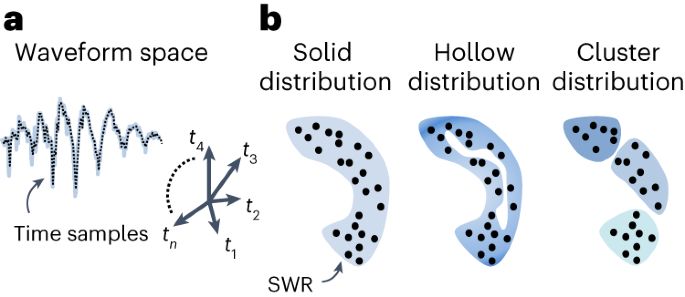Google Scholar: https://bit.ly/acnavasolive
Next up is @acnavasolive.bsky.social talking about her impressive research on sharp wave ripple analysis across species in health and disease. Andrea is a phenomenal computational neuroscientist 🤩 and I am so excited to hear her speak for the first time!

Next up is @acnavasolive.bsky.social talking about her impressive research on sharp wave ripple analysis across species in health and disease. Andrea is a phenomenal computational neuroscientist 🤩 and I am so excited to hear her speak for the first time!
@acnavasolive.bsky.social discussing important considerations for identifying hippocampal ripple events in a recording session and how a convolutional NNs might help their identification.
✅
@acnavasolive.bsky.social discussing important considerations for identifying hippocampal ripple events in a recording session and how a convolutional NNs might help their identification.
✅




👉 github.com/acnavasolive...




👉 github.com/acnavasolive...














